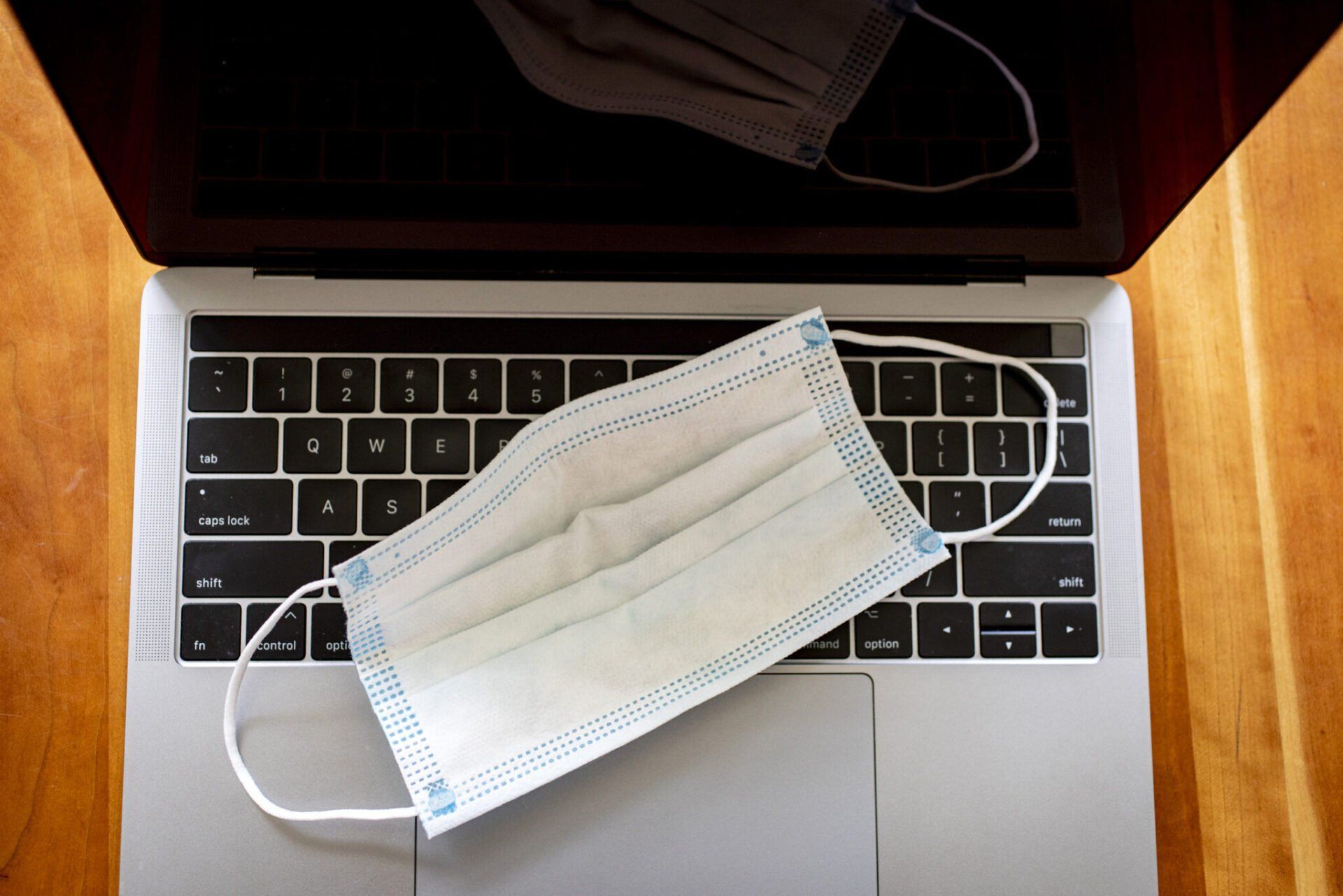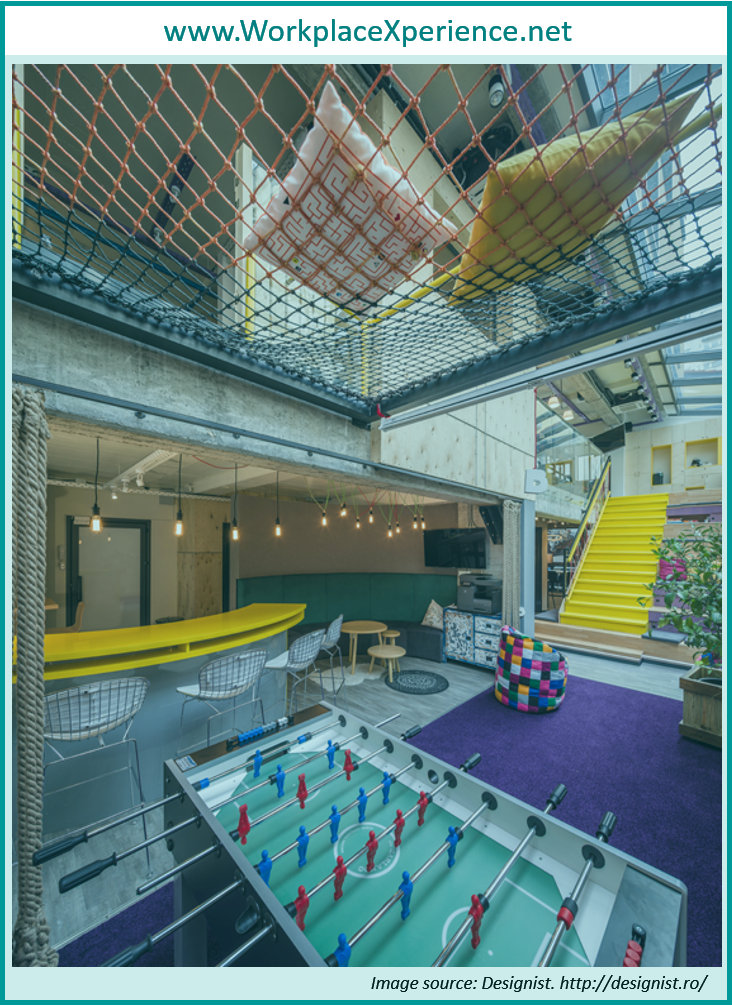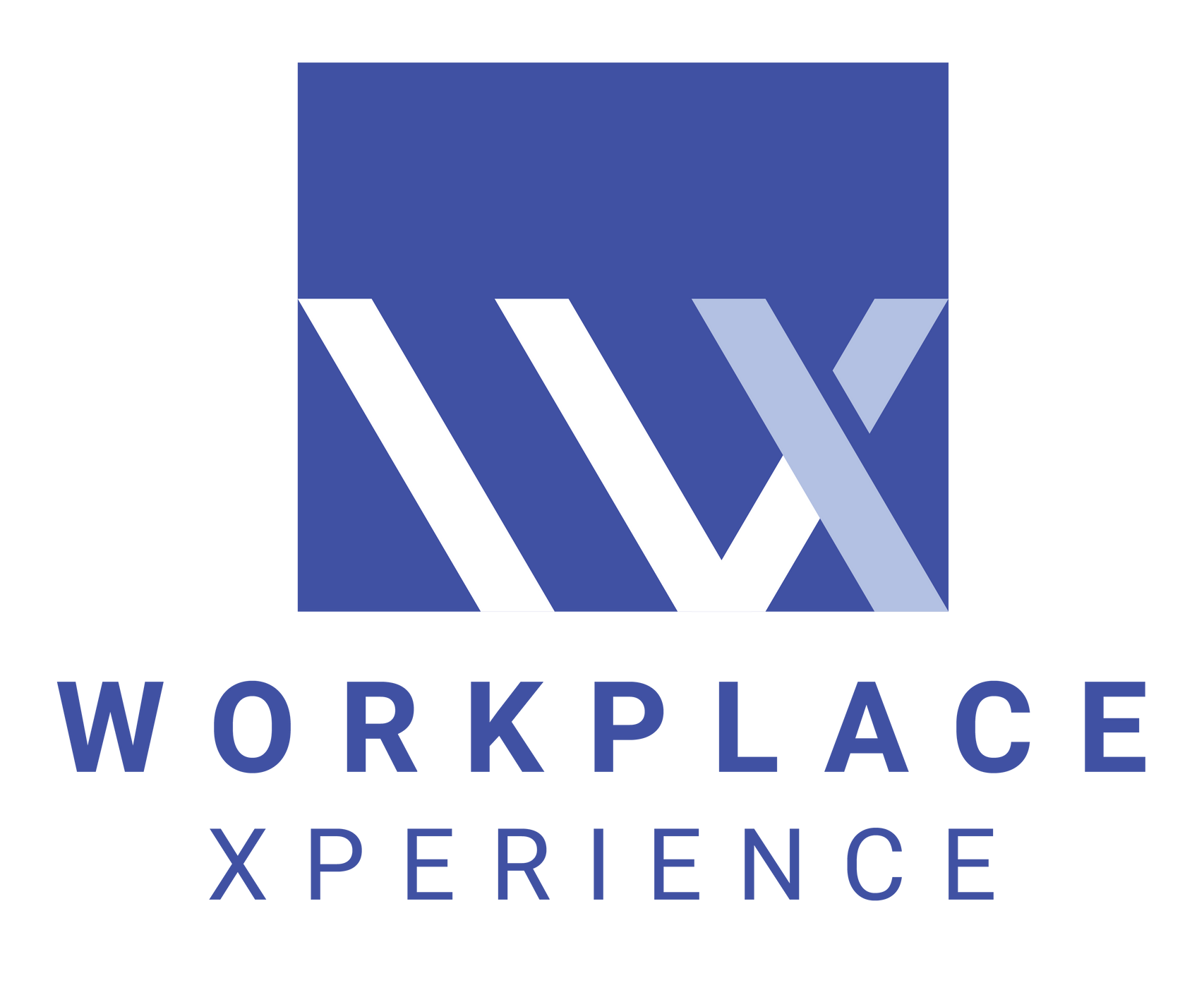Re-entering the Workplace: 5 Things Every Workplace Should Have, and the One Thing Every Employee Should Ask For.
- By Leni Rivera
- •
- 03 Jun, 2021
- •

As the pandemic starts to loosen its grip on work-from-home restrictions, companies are grappling with how to structure their workplace re-entry plans, while employees are starting to build a whole new level of anxiety about returning to work.
Let me start with this. If you are one such employee, let me ease your anxiety by reassuring you of one important fact: Having a safe place to work is your legal right. So know that your company also wants you to feel safe coming back to work.
Equally important, companies themselves need to be aware that people are still coming out of a prolonged traumatic event, and it will take some time for everyone to get back to a sense of normalcy – particularly when it comes to being back in the workplace.
This is why the two key elements to building the re-entry process are listening to employees’ concerns, and being transparent about the changes being made to the new workplace. Here are the top five things that companies can start with on their workplace changes checklist:
- An entrance process.
This is like an “invisible body guard” at the entrance of your workplace. Everyone needs to know there is a protocol that applies to everyone entering the space, like when you enter an establishment or an aircraft. This could be anything from pre-registration to symptom checking.
- Improvements to office cleaning, sanitizing, and ventilation.
Not only should the office be compliant with updated CDC guidelines, it’s important to share these improvements with employees to give them peace of mind.
- Visible safety protocols and signage.
One of the best ways to reduce employee anxiety is to apply visual cues to ensure everyone is doing their part to keep the environment safe. Marked sanitization stations, hand washing guidelines, maximum occupancy in tight spaces, and safety information signs go a long way.
- Limited occupancy, increasing slowly over time.
Everyone will need time to come out of the trauma of this pandemic, so the best thing companies can do is allow their employees that time and space. Limit the number of employees allowed back in the office, and in tight spaces such as copy rooms, cafeterias, and elevators.
- Flexible work areas.
As people start to figure out how best to be productive, companies can support this transition by offering different options for them to work: individual work stations, collaboration areas, big and small conference rooms, isolation areas, and plenty of outdoor spaces if possible.
And as for the one thing that every employee should ask for before re-entering the workplace? Transparency. Specifically, what is your company doing to address at least these five things in your workplace? Afterall, a safe workplace environment is best for you, best for the company, and best for the community.


This time last year, virtually every company around the world shut the doors of their offices, and those that could, asked their employees to work from home. The definition of a workplace began its unforeseeable transformation from a physical office space to a virtual room from anywhere… or did it?
The reality is that this transformation had already started occurring over a decade ago. The pandemic that struck the world simply caused our perception of the workplace to finally catch up with this reality.
In 2019 (12 months before the pandemic struck), The International Workplace Group (IWG) released their annual Global Workplace Survey report, in which they examined responses from over 15,000 professionals from 80 countries. This report revealed that 70% of professionals globally work remotely at least one day a week, and more than half work remotely at least half of the week.
Working remotely is not a new concept, it was just perceived differently. Companies considered those who worked from home and those who worked in the office, as separate entities. They invested their resources on the workplace experience of the physical workplace, while disregarding the home workplace environment. But the pandemic has altered that perception. Everyone from the top executives down were forced to work from home, and thus experienced together the importance of a consistent conveyance of the company’s culture for all employees, regardless of where they work.
Taking this new perception into consideration, the corporate world is now facing an evolution in how they will redefine their “workplace” moving forward, post-pandemic. Some companies have evolved to a fully remote workforce, shifting the workplace to the home environment. Some have a hybrid approach. And others are adhering to a fully office-based work environment. Regardless of how this is defined, what is undoubtedly clear is that resources need to be invested in both environments in order to ensure that the corporate culture is consistently felt by all employees, anywhere.
To demonstrate how this is possible, here is a model of a potential hybrid scenario with employees working in both locations.

I have been a Workplace Experience specialist for 8 years now, and moved to the Bay Area because this is where the industry is prevalent. When I began developing and running a workplace experience for a company all those years ago, I didn’t even realize it had a name, much less understood the impact it would have on the productivity and happiness of people at work.
What most people seem to get wrong is that Workplace Experience is not – should not be – a mere collection of facility perks and benefits. I learned from that mistake early on, and still witness that mistake being made frequently, even here in the Bay Area. Just because you have a corporate gym on premises, or offer food in a company cafeteria, or designate a space in the office for a pool table, doesn’t mean that (1) your employees will even use it, (2) it will be appreciated, or (3) it will have any significant impact on employee engagement. I have seen free shuttle services for employees being underutilized, food in corporate cafes wasted, free gym classes underpopulated, and facility events fall flat. This is because the biggest misconception about a Workplace Experience is that it will generate a fun, unique, engaging environment all on its own. The mistake is a dependence on a Workplace Experience to create a corporate culture, and not the other way around.
The establishment of a corporate culture that is true to its values, principles and overall mission, is where it all begins, always. This forms the foundation of the relationship between the company and its employees. A solid corporate culture attracts the right employees because people want to invest in relationships that are based on mutual respect, trust, personal growth and a shared vision. But people are also wise to recognize when the company is sincere about its culture, or whether it’s just lip service.
Workplace Experience is the measure by which employees are able to quickly and easily gauge the culture’s authenticity. This is because it is the only element of a culture that can be experienced physically through all the human senses – touch, taste, sound, smell and sight, and so it bears witness to the sincerity of its purpose. That’s why placing a pool table in the office or sleep pods in the corner without having a reason behind their existence will cause more doubt than anything else.
Only if a company’s culture anchors itself on being truly invested in its employees’ health and wellbeing, for example, will facility features such as fitness classes, various healthy food offerings, placement of living plants in offices, allocating special parking spaces designed to optimize step counts, and facility programs aimed at helping people achieve their health goals, succeed. In the same respect, if the office areas of the company executives have vastly higher-end finishes, lighting, comfort and appearance than the work areas of the rest of the company, do you think that employees will believe the company culture supports equality and inclusivity?
And let’s not forget, the purpose of a Workplace Experience is far more than just offering attractive features in a workplace. Its primary function as a tool of the corporate culture is to enable and empower employees to be fully engaged and happy with their work. The scope of Workplace Experience includes the entire journey of an employee throughout their workday – from their transportation to work, their entrance into the facility, the ease with which they are able to access their needs (a meeting room, an appropriate work space, work tools and equipment, locating people and departments, etc.) and collaborate with each other (in engaging spaces, over coffee, with meals, through facility events and programs, etc.), and even providing relief by accomplishing chores before ending the day such as dry cleaning, car wash, or bringing home ready-cooked meals. That’s why Workplace Experience is such a powerful tool. It has within its very purpose, the capacity to directly impact employees’ productivity as well as directly influence their happiness at work.
If a company just throws in facility “perks and benefits” without anchoring them in their corporate culture, this investment will not only be a waste of money, it will be the large elephant in the room that constantly reminds employees of how inauthentic the company is. And conversely, as the only physical manifestation of a corporate culture, Workplace Experience can be the company’s most important tool in expressing to employees their sincerity.
Watch out for my first book on Workplace Experience, coming out this year!





